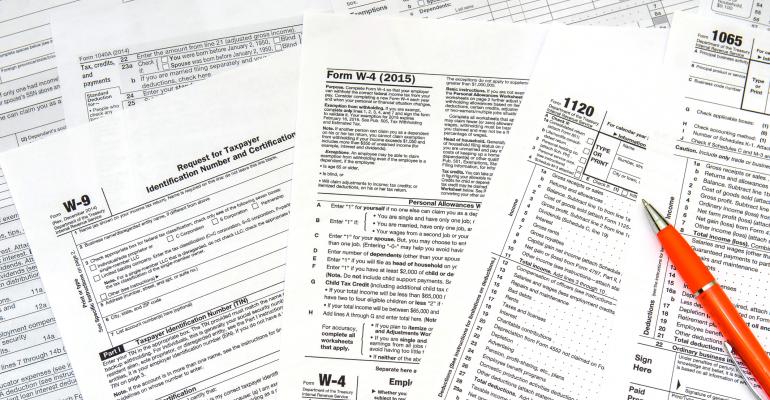No one aims to leave money on the table. But thanks to capital gains taxes, that is exactly what investors do each year. In 2014, mutual funds paid nearly $398 billion in capital gains, according to Investment Company Institute (ICI), which was one of the biggest tax bites ever. With the S&P 500 Index setting new records last year, capital gains for 2015 were likely even higher.
Even though nearly every investor pays taxes, when asked to identify the biggest risks to their long-term goals, many investors tend to underestimate — or overlook entirely — the impact of taxes. Despite the significant bite taxes can take out of an investor’s real rate of return, many people simply don’t consider taxes when considering investment returns. A tax-managed equity strategy may employ a number of techniques to help ease investors’ tax burden, including taking steps to minimize capital gains and avoiding fully taxable dividend income.
While higher taxes may be particularly painful for high-income earners, the reality is, the tax increases have a much broader effect due to the increase in capital gains. Many investors – particularly those in the highest tax brackets – want both growth and tax efficiency. This is where tax-managed equity funds may help.
A combination of helpful tax management techniques used by tax-managed equity funds may help investors reduce the tax burden and protect their wealth. These techniques include:
- Buy and hold: Using a long-term perspective when investing can delay capital gains recognition, as long-term gains are taxed at a lower rate than short-term gains.
- Tax-loss harvesting: Using tax-loss turnover in a disciplined fashion to harvest losses can help offset gains taken elsewhere in the portfolio.
- QDI: Under the American Tax Relief Act of 2012, qualified dividend income (QDI) is taxed at the lower long-term capital gains rates.
- Tax lot selling: By selling shares with the highest basis first, investors may minimize capital gains.
- Buy and hedge: Funds may also use tax-advantaged hedging techniques as alternatives to taxable sales in order to manage gains and losses, potentially maximizing after-tax returns.
Bottom line: It is critical that investors understand the potential impact of capital gains and taxes on their portfolios. Appropriate strategies to help mitigate the tax drag should be explored. Investors should consult their financial and tax advisors for more information. By pursuing a sound, tax-aware investment approach, investors may be able to optimize the likelihood of reaching their long-term goals.
Michael Allison is vice president and equity portfolio manager at Eaton Vance Management. Additional insights regarding income, volatility, and taxes can be found on the Eaton Vance Advisory blog.





